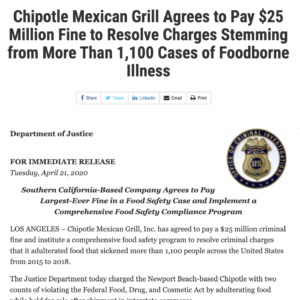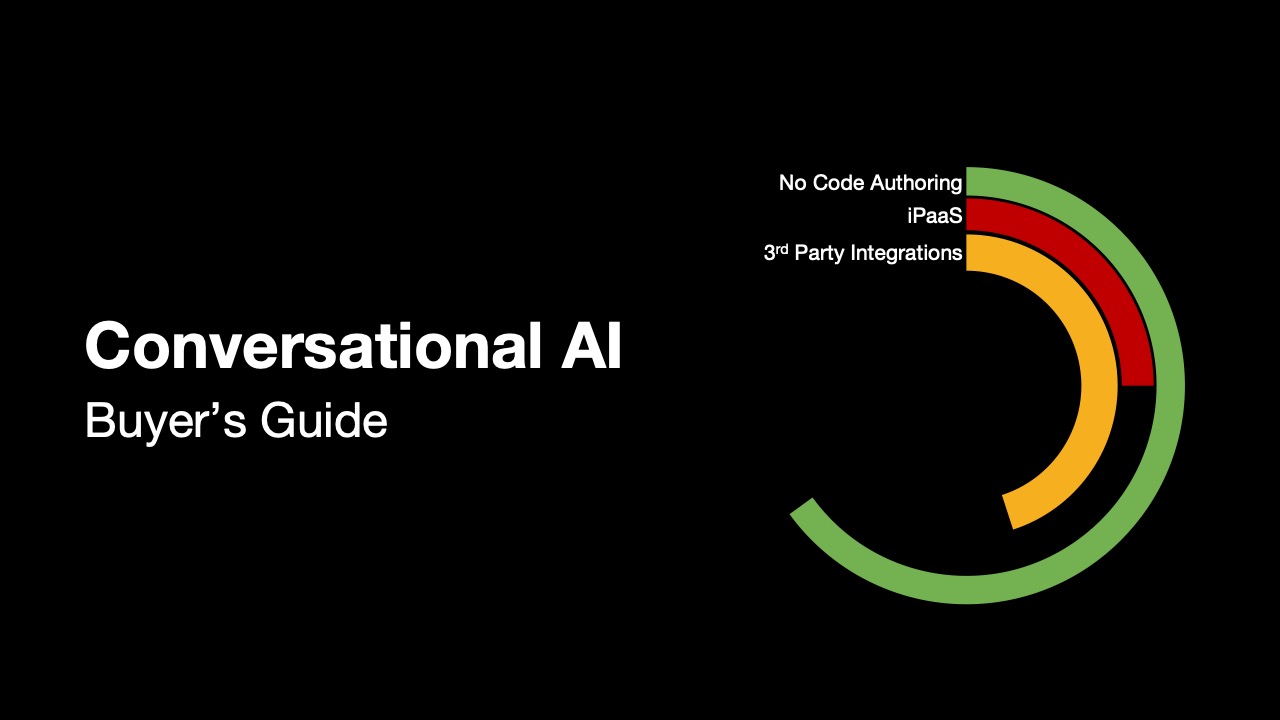The restaurant industry is a notoriously challenging one. Low margins and high overhead costs make it difficult for restauranteurs to turn a profit, and fierce competition can make it hard to stand out from the crowd. Add in a pandemic and the need to constantly evolve to keep up with changing trends and compete with third-party delivery services, and it’s no wonder many restaurants struggle.
Global Pandemic
The COVID-19 pandemic has had a devastating impact on the restaurant industry. According to a 2020 report by the National Restaurant Association, sales are down by as much as 75% in some areas. And as of July 2020, over 110,000 restaurants have closed permanently due to the pandemic.
The pandemic has forced restaurants to change the way they do business. Many restaurants have switched to delivery or takeaway only, while others have closed their doors altogether. Some restauranteurs are even getting creative, opening up new businesses such as grocery stores, virtual restaurants, or meal kit services.
But as the pandemic slows, the restaurant business must continue to innovate and implement unique solutions to remain competitive. Only time will tell how the restaurant industry will stay up to date and operate inside new constraints introduced during the last two years.
Restaurant industry challenges
Traditional restaurant business challenges still exist even in the best of times. Restaurant owners and operators must contend with low margins, high overhead costs, labor shortages, and intense competition. The pandemic worsened most challenges and caused supply chain disruptions in every industry, causing most to slow down or stop.
Below are some of the most significant issues facing the restaurant industry today, along with innovative restaurant technology used to overcome these challenges:
Rising labor costs and labor shortage
As the minimum wage increases and restaurant workers become more demanding, labor costs are rising.
To combat rising labor costs, many restaurants are turning to technology. For example, automated ordering systems can help reduce the need for front-of-house staff. And self-service kiosks and tablet ordering systems can minimize the need for waitstaff.
High turnover
 The restaurant industry is notorious for its high turnover rates. The restaurant industry has the highest turnover rate of any sector in the United States at 130%.
The restaurant industry is notorious for its high turnover rates. The restaurant industry has the highest turnover rate of any sector in the United States at 130%.
Several reasons for this high turnover include low wages, long hours, and challenging working conditions. But whatever the reason, high turnover can be costly for restaurants. Hiring non-executive employees cost between $500 (25th percentile) and $4669 (75th percentile). Operating at 130% turnover causes recruiting, hiring, and training costs to continue to increase and impact the bottom line. Not only does it lead to higher labor costs, but it can also negatively impact customer service and restaurant morale.
To combat high turnover, many restaurants are focusing on employee retention. Retaining employees can improve in many ways, such as offering competitive wages and benefits, providing training and development opportunities, and creating a positive work environment.
Meeting diverse training needs
Training is more than creating a manual and having a new hire join a crewman’s shift. While practice in the kitchen is vital for any training program, it must also consider the restaurant industry’s specific challenges. It would also help to assess your staff demographics and learning styles since training becomes more critical as you digitize more processes and functions. Employees need service and technical systems training to contribute and improve customer experience and safety.
Competition from delivery and takeaway services
The rise of food delivery and takeaway services like Uber Eats, GrubHub, and DoorDash has been a significant challenge for the restaurant industry. Not only do these services take a cut of each order, but they also often charge restaurants higher prices for marketing and advertising. Additionally, consumer demands for takeaway service are inconsistent and can cause restaurant supply and staffing issues.
To compete with delivery and takeaway services, many restaurants are offering their own delivery and takeaway options. Others partner with these services to ensure their food is available on their platforms. Some restaurants even offer discounts or loyalty programs to encourage customers to come in and dine in to help even out restaurant sales.
Keeping up with health and sanitation requirements
 The COVID-19 pandemic triggered a surge in guests’ awareness and heightened concern for health conditions when there was still a heightened risk of illness. Sanitation will remain an increasingly important area of restaurant operations for the foreseeable future, and restaurants must be sure they are maintaining a safe environment. Not maintaining a safe environment can be costly. In 2020, Chipotle Mexican Grill, Inc. agreed to pay a $25 million criminal fine and institute a comprehensive food safety program to resolve criminal charges that it adulterated food that sickened more than 1,100 people across the United States from 2015 to 2018. More recently, the Center for Disease Control (CDC) has been investigating an E.coli outbreak stemming from romaine lettuce at some Wendy’s restaurants.
The COVID-19 pandemic triggered a surge in guests’ awareness and heightened concern for health conditions when there was still a heightened risk of illness. Sanitation will remain an increasingly important area of restaurant operations for the foreseeable future, and restaurants must be sure they are maintaining a safe environment. Not maintaining a safe environment can be costly. In 2020, Chipotle Mexican Grill, Inc. agreed to pay a $25 million criminal fine and institute a comprehensive food safety program to resolve criminal charges that it adulterated food that sickened more than 1,100 people across the United States from 2015 to 2018. More recently, the Center for Disease Control (CDC) has been investigating an E.coli outbreak stemming from romaine lettuce at some Wendy’s restaurants.
To tackle this challenge, quick service restaurants must use the best possible health practices regardless of the pandemic. Not only do they need to use these practices, but they also need to verify they are being completed on time. Your restaurants must ensure a safe environment for staff and guests. This entails ensuring health care standards and ensuring communication with your employees.
Technology in the Restaurant Industry
As restauranteurs continue to face key challenges such as rising labor costs, high turnover, and competition from delivery and takeaway services, they are turning to the most important restaurant technology to help them overcome these obstacles. Depending on the size of your restaurant chain will dictate what tech trends will benefit you most. All restaurants are seeking ways to lower recruiting and hiring costs. The turnover rates dictate all must reduce these costs. Restaurants with several locations implement technologies to improve the customer experience, like automated POS systems or online ordering systems. Large chains are implementing these technologies plus automation to improve operations and the employee experience using conversational AI.
Improving the customer experience
In the restaurant business, customer experience is everything. To compete with delivery and takeaway services, restaurants must offer family meals with a second-to-none dining experience.
One way restauranteurs are improving the customer experience is by investing in technology. For example, many restaurants now use tablets to take orders and make payments. This speeds up the ordering process and allows customers to avoid interacting with waitstaff altogether.
Automated ordering systems
One of the most popular technologies being used by restaurants is automated ordering systems. These systems can help to reduce the need for front-of-house staff, freeing up labor costs to be spent elsewhere. Automated ordering systems can also help to improve the guest experience, as they eliminate potential human error in ordering.
Another growing trend being used by restaurants is self-service kiosks. Kiosks can minimize the need for waitstaff, as customers can place orders and make contactless payments. Kiosks can also help speed up the ordering process, as customers can simply input their order and pay without waiting for a waiter or waitress.
Restauranteurs are also using technology to create more efficient kitchen spaces. For example, some restaurants are investing in robotic cooks who can prepare food faster and more accurately than human cooks. Others are using technology to streamline the back-of-house operations, such as online ordering systems that send orders directly to kitchen display systems so that they can be prepared immediately.
As restaurant management continues to face challenges, it is clear that technology will play an essential role in helping overcome these obstacles. By investing in technology, restauranteurs can improve their operations, reduce labor costs, and improve the customer experience.
Improving restaurant employee experiences
One restaurant trend aimed at staff retention is improving the employee experience. To attract and retain top talent, restaurant management is turning to technology to create a better working environment.
Some of the ways restaurants are using technology to improve the employee experience include:
- Implementing self-ordering kiosks and table management systems to reduce waiting times and free up staff for other tasks
- Automating training or support using a self-paced online program
- Automating back-of-house processes to reduce training needs and record procedures in case of an incident or audit
- Utilizing mobile apps and conversational AI to streamline communication between headquarters, managers, and staff
- Utilizing conversational AI to remove employee self-service functions like human resource changes, payroll, and scheduling
By implementing these technologies, restaurant owners can create a more efficient workplace while freeing up employees to provide better customer service. In turn, this will help to improve retention rates and attract new talent.
Artificial intelligence for restaurant services
The restaurant industry always looks for ways to improve efficiency and lower costs. Artificial intelligence is one important restaurant technology that is being used increasingly. Restaurant management can use AI for hiring, customer service, and even optimizing operations.
Role of AI in front of house
AI Assistants
 Conversational AI can assist customers in communicating with restaurant systems for booking a table, adding a guest to a waitlist, ordering meals, or even answering common questions like ‘do you have vegan food as well?’. AI assistants can free up employees to do other tasks and improve the customer experience.
Conversational AI can assist customers in communicating with restaurant systems for booking a table, adding a guest to a waitlist, ordering meals, or even answering common questions like ‘do you have vegan food as well?’. AI assistants can free up employees to do other tasks and improve the customer experience.
Voice Ordering
Many users prefer using voice search to search for nearby restaurants. Amazon Alexa, Siri, and Google Home are some prominent devices that leverage AI to help users order online with a voice search. Voice ordering is now being implemented at drive-thrus and self-service kiosks to allow customers to place orders without touch screens.
Personalized Customer Experiences
In restaurants, AI can store thousands of gigabytes of data and offer customized food options to customers based on their previous orders. For example, KFC has facial recognition technology to cater to repeat customers. Now that kind of technology isn’t accessible to everyone, but restaurants can always use AI to target their menu’s digital marketing.
Role of AI in back of house
Inventory Management
Integrating inventory with your point of sale (POS) systems is an essential AI capability that every restaurant needs. Restaurant owners can track inventory purchase data, which can help them buy ingredients more efficiently. In addition, it helps them ensure that they limit waste and that food costs remain under control.
Automating recruiting and hiring with conversational AI
 One way restaurants are competing to find and hire the best employees is with conversational AI. Conversational AI is a form of artificial intelligence used to automate recruiting and hiring processes.
One way restaurants are competing to find and hire the best employees is with conversational AI. Conversational AI is a form of artificial intelligence used to automate recruiting and hiring processes.
Conversational AI helps restaurant management screen job applicants and conduct initial interviews. Doing so saves managers time and energy and helps them quickly find the best candidates for their open positions.
National restaurant chain uses Krista conversational AI to recruit and hire the best talent
One large national restaurant chain was losing out on high-quality employees. Its hiring process operated on paper and email and was entirely too slow and error-prone. Restaurant managers needed a competitive edge to recruit the highest quality employees.
This restaurant implemented Krista. Krista, a conversational AI platform, is helping restaurant management to attract and retain quality employees quickly and efficiently. The automation schedules interviews with managers via a conversational workflow on any SMS-enabled phone. Potential employees scan a QR code or text a specific number to initiate the process and then apply for specific jobs using automation. Using Krista to recruit, hire, train, and manage employees, the restaurant chain reduced hiring administration time by thousands of hours per year across 600 locations and 1800 managers.
Automating onboarding and training
The hospitality industry is increasingly investing in technology and artificial intelligence to drive demand, increase margins, and streamline operations. One area where technology is lowering costs is in onboarding and training staff.
Restaurant chains can significantly lower costs for onboarding and training employees. One national restaurant chain decreased the time it takes to onboard and train new and current employees. Using Krista, this chain reduced management’s participation in new employee training by 40%, from 10 hours to 6 hours per week in only six weeks.
The restaurant also reduced hard costs for maintaining compliance training records by $200 per employee. Training records are automatically stored in Krista and immediately available for review. Previously, managers spent two days collecting and retrieving paper records for inspections and audits.
Standard Operating Procedures
Restaurants must follow standard operating procedures (SOP) to ensure food safety and remain compliant with local health regulations. Restaurants use AI and natural language processing (NLP) to reduce user training needs for back-of-house procedures like equipment and food temperature checks. Then AI and automation can identify anomalies inside of these standard operating procedures and escalate findings to the appropriate parties.
Some of the requirements include:
- Recording temperatures of refrigerated and frozen food items throughout the day
- Storing temperature data in an auditable system
- Auditing this data regularly
Recording and documenting temperatures burdens an already overworked staff. Temperature checks are often not monitored on time or, worse, modified after the fact. Some restaurants have eliminated manual temperature checks and have instrumented refrigerators and freezers with IoT-enabled devices to help automate some of these compliance requirements. However, IoT solutions are often too expensive to generate a meaningful return on investment (ROI).
NLP and computer vision transform SOPs
A national restaurant chain uses Krista to collect food and equipment temperature checks and detect variances using AI. Restaurant operations digitize standard operating procedures (SOPs) as conversations based on a restaurant’s location and local health codes.
Restaurant managers and employees use their smartphones and tablets to take photographs of thermometers or enter information in a mobile app. Krista uses computer vision to extract temperature data and store records for compliance and auditing purposes. Digitizing the process from paper-based reports has improved data collection for this restaurant and eliminated administrative reporting burdens.
Krista helps the restaurant chain maintain health and food safety by automating processes using AI. The automated processes significantly reduced training needs by using digital operating procedures on smartphones.
Krista can help your restaurants improve customer and employee experiences and grow margins
The restaurant industry is becoming increasingly competitive. To keep up with the competition, restaurant chains must leverage technology to help them streamline their operations. By automating onboarding and training and using NLP and computer vision to transform standard operating procedures, restaurants can significantly reduce costs and improve margins. Krista can help your restaurant improve customer and employee experiences and grow margins.





